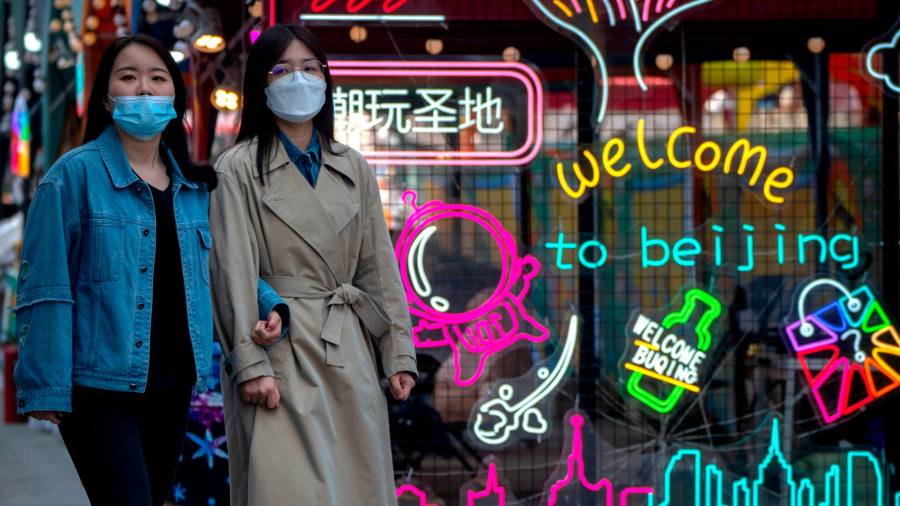
China’s non-manufacturing sector activity expanded at the fastest rate in more than a decade in March, but manufacturing growth dipped from the previous month in further signs of an uneven recovery as the economy struggles to emerge from the shadow of the pandemic.
The National Bureau of Statistics non-manufacturing purchasing managers’ index, which includes the services sector, reached 58.2 in March, up from 56.3 in February and its highest level since May 2011, comfortably exceeding economists’ forecasts of 54.3.
The manufacturing sector gauge also beat forecasts, coming in at 51.9, according to figures released on Friday, but it trailed the 52.6 growth rate last month, hinting at mixed signals across the world’s second-largest economy.
A reading above 50 indicates expansion compared with the previous month, while one below 50 means a contraction.
Growth in both manufacturing and non-manufacturing was a reassuring sign for Chinese policymakers, who must this year grapple with a slowdown in exports, a rolling property sector crisis and the fallout from three years of Covid-19 restrictions that damped consumption.
China’s economy grew just 3 per cent in 2022, failing to meet official growth targets that were already the lowest in decades.
Beijing has set a goal of 5 per cent economic growth this year, significantly below pre-pandemic rates, and recent policy actions have largely reflected a cautious outlook.
Policymakers are hoping that strong consumer spending will help drive growth and take pressure off the ailing property sector as the economy shakes off the strictures of a zero-Covid policy.
This month, the People’s Bank of China cut the country’s so-called reserve requirement ratio by 25 basis points, effectively allowing banks to increase lending. In November, state banks unveiled vast amounts of potential liquidity to support battered property developers after a wave of defaults.
The PMI survey for March, which was less affected than the first two months of 2023 by an outbreak of Covid infections that swept across China as the country reopened, showed a jump in retail and transportation activity as well as construction. The construction industry sub-index rose to 65.6, its highest mark since July 2011.
Julian Evans-Pritchard, head of China economics at Capital Economics, wrote in a note that with “much of the immediate boost from dismantling virus restrictions already passed” and policy set to turn less accommodative, “the economic recovery was “likely to moderate over the coming months”.
On Friday, vice-minister of finance Zhu Zhongming said the government needed to increase fiscal support for the economy and would reduce taxes on small companies.
He added the foundation for China’s recovery was “not yet solid”, echoing previous official statements that emphasised the challenges facing the economy.